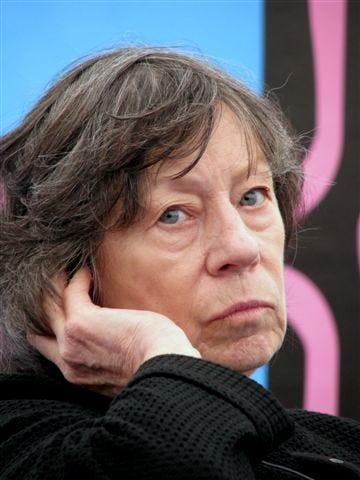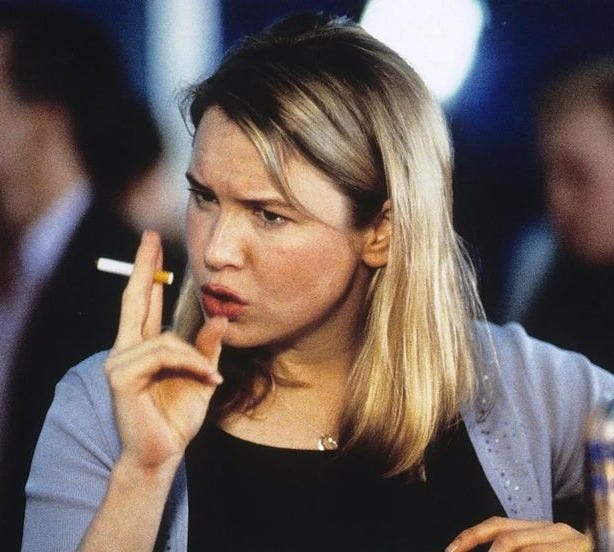Firstly, lets understand what the male gaze is. It’s a feminist theory that was developed by Laura Mulvey in which she summarised that women are portrayed in cinema in objectified/sexualised and limited ways through the heterosexual male point of view (hence the name). The male gaze is often related to behaviours of voyeurism (looking as sexual pleasure) and also scopophilia (pleasure from looking linking to narcissism) . The male gaze produces an over-sexualised perspective of femininity, a hypersexualised version often fulfilling male fantasies. The male gaze actively reinforces not only female stereotypes but also the basis of patriarchy as it capitalises on the social pairing of a woman (passive object) and a man (active viewer). Due to the patriarchal structure of the film industry the male gaze has become a normalised and a natural part of films. However, more so in modern cinema and especially with female directors, the female gaze has been being used more often. Similar to the male gaze, the female gaze refers to the gaze of the female spectator, but instead of hypersexualising individuals it focuses more on the issue of gender and depicts a real representation of women. Returning to the focus of male gaze, a large majority of films (especially mainstream) include the sexualisation and objectification of women as it is unfortunately a normalised film practice. But how has the male gaze ruined film?
“the film opens with the woman as object of the combined gaze of spectator and all the male protagonists in the film. She is isolated, glamorous, on display, sexualised.”
-Laura Mulvey
When the mainstream film industry (early Hollywood) was being developed, the main motive for the making of films was to make profit. This is reflected clearly by the reusage of sets,narratives,costumes and etc. But most importantly the representation of women could make or break the amount of money a film made. Due to the restriction of the Hayes code in Hollywood, studios couldn’t show anything explicit such as nudity or sex. However, the studios still found ways to ensure that the male gaze was present. For example, the character of Ilsa Lund (Ingrid Bergman) in Casablanca, the film never shows any explicit content of her character yet Lund is still part of the male gaze. Firstly, her narrative function is being the helpless love interest of two men, the object of desire for both. Secondly, a softer focus, brighter lighting, tracking shots and longer takes are used to ultimately objectify Ilsa and make her conform to the beauty standards of the male gaze. Obviously, society and gender roles were different (more patriarchal) to how they are in contemporary society now but the basic structure of the film industry has not changed as much. It is still a highly dominated male industry, in 2023 women accounted for little more than one-third (34.3 percent) of people employed in the US film industry . At the beginning of Hollywood beauty sold, as restrictions loosened it began to be hypersexualised depictions of women that sold including nudity and sex and it still is now.
Obviously, the main motive for a film being produce should be creativity and influence but in society a large majority of films are only being produced to make profit, similar to the early days of Hollywood. So in order to make a profit, they sexualise women and objectify them to please the wider audiences. If you look at any large franchises such as MARVEL, Star Wars, James Bond, even Disney princess films there are numerous examples of the male gaze. Black Widow from the MARVEL franchise is a perfect example of a female character who was the victim of bad character writing due to the male gaze. Every scene of Black widow included her wearing a low cut, revealing outfit, even her superhero suit was sexualised (which is unfortuanetly insanely common for female superheroes ). Every film that her character appeared in shared tiny hints about her characters interesting past, yet it took 11 years for a poorly made and shallow film to be produced about her past. During, the 11 years she served the purpose of being the ‘sexy’ female superhero who had so much potential if she had been a well written character who was not made to serve to the male gaze. A large factor of the use and exploitation of the male gaze is often linked with the audience of the films having a larger male demographic to please, especially with larger franchises such as the ones listed above. So once again to make profit the sexualisation of women is used to please these audiences as it is what they enjoy (potentially an effect of the patriarchy and its gender roles). So personally my main reason as to why the male gaze is ruining film is the fact that female characters with high potential (if written well )are being sacrificed for the pleasure of audiences and profit through the use of the male gaze.
The seconds reason as to why I believe that the male gaze is ruining film is that it just makes boring cinema! So many clichés have been produced due to the male gaze such as women walking around all the time in lingerie, standing in a room being naked, having sexual comments be made about them constantly and so much more. It takes away from the individuality that film is supposed to create. If every film conforms to the formulaic nature of the male gaze, every film will become monotonous. As I’ve mentioned numerous times before in this article the pleasure of the wider demographics that make the producers more money is becoming increasingly more important for the industry than the creative aspect of film should be.
Another aspect of the male gaze which I think is quite interesting is that if you watch any heterosexual sex scene in a film ,the camera is always primarily focused on the female characters body and her movements, it is almost never focused on the man! According to research “66% of respondents stated that they think that the portrayal of sex in films is somewhat, or very unrealistic”. So many films claim to have an authentic and realistic aesthetic to them but then show an intimate scene where the woman is all glamorous, with perfect hair and a beautiful actress performing intensely. If films weren’t so concerned about making a large profit, they could keep the authenticity of their films through realistic portrayals of women and still be successful. Examples of films that have achieved this are ‘Bridget Jones’ Diary’ (2001) ,Marie Antoinette (2006) and so many more.
Through out this whole article I have constantly referred to the studios need to make a profit which is the whole reason as to why the male gaze is so popularly used. If the use of male gaze is making studios/producers large profits then they will more than likely abuse it till it doesn’t. The consistent use and exploitation of the male gaze will continue to prevent the progression of the film industry, especially for women in front and behind the camera. The male gaze reinforces the patriarchal gender roles and sexualisation of women that so many women in the industry fight against either vocally or through their work. A prime example of this is Greta Gerwig and her approach to directing. Her direction of ‘Little Women’ (2019) put the March sisters into a more feminist and surprisingly modern perspective. Her take on the ‘Barbie’ film (2023) was a clear piece of media which actively spoke out against the harmful effects of the patriarchy. She directed the most successful film of 2023 (Barbie) and yet is not as well known as male directors and wasn’t even nominated for an Oscar.
The Male gaze is so common in mainstream cinema that it has almost warped some audiences views on real people. It creates completely unrealistic beauty standards for women ,not only harming the mentality of women towards themselves but also of how men perceive realistic, ‘normal’ women. These beauty standards make it difficult for actress’ who don’t particularly ‘fit’ them to get major roles, they are often casted aside as a side/background character with no real narrative function. The male gaze not only prevents the progression of female directors and others behind the scenes but also the introduction of new, talented actress’.
Overall, I truly believe that the male gaze is ruining mainstream film. I emphasise on mainstream film because so many independent films don’t include the male gaze at all or as severe as mainstream films do. This is primarily due to the fact that independent films are produced with creative intent not a business related motive. Arguably, the male gaze shaped and created Hollywood. But it has been over 100 years since Hollywood’s establishment and despite how far the technology and creative freedom of the industry has progressed, the utility of the male gaze has not! So many films that include the female gaze instead of the male are classed as ‘woke’ or just outright ‘bad’. More and more films are including the female gaze, strong female leads and are being directed by women showing that Hollywood and the industry does have potential to be progressive. But as I have stressed numerous times through out this article, so many films are created with the intent to make profit, so I sense that the male gaze will continued to be used for much longer than hoped!






